It’s time for a gardener to start harvesting the old crops and planting new ones for the new season. The autumn sowing season usually lasts between the months of September, October, and early November in the Indian terrain. Here’s how to go about building your garden for the new season:
Tidy Up Your Garden

Clear out space for the new plants that you are planning to sow. Harvest all your old produce that has stopped performing due to change in the season. Make room for sowing new vegetable seeds by removing the weeds and roots of the old plants and clearing out the soil. Add a thick layer of organic compost material to the soil to give your young plants a jumpstart.
What Plants To Grow In The Autumn Season?
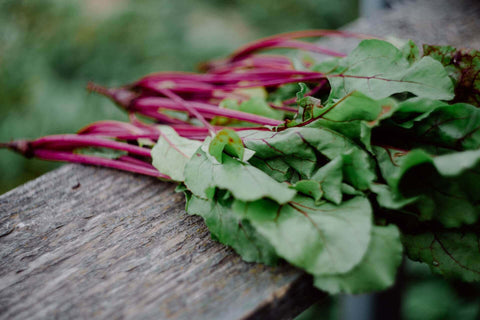
Now that your garden is all clean and ready for the new plants. It’s time to figure out the type of greens you are going to plant for the next growing season. To get you started, we are listing a few plants that you can grow before the winter chill hits:
Cabbage

This easy-to-grow crop is full of nutrients. You can use this versatile plant in almost all your veggies. Cabbages get ready for harvesting in about 7-8 weeks of planting cabbage seeds.
Read more about how to grow cabbage at home here.
Broccoli

Broccoli is a cool-season crop full of nutrition. The crop needs sunlight (6-8 hours every day) and moist soil to grow. If you are planting directly, then sow the broccoli seeds ½ inch deep and 3 inches apart. The broccoli plant thrives in temperature between 18° to 21°C. Fertilize it well using organic compost material. Harvest your broccoli when the tightly packed head is deep green in colour.
Cauliflower

Start with planting your cauliflower seeds indoors in a seed tray. Plant the seedlings in the final spot after 2-3 weeks. Cauliflower thrives in temperatures between 18-20 °C.
Carrot

Plant your carrot seeds in well-drained soil and water them well until they start growing. In no time, you will have baby carrots for your delicious menu. Learn how to grow carrots at home.
Tomato

Start by planting the tomato seeds indoors in small pots 3-4 inches deep or seed starting trays about ¼ inches deep in moderately fertile soil. Move them to their final spot after 14-15 days. Read and learn how to grow tomatoes at home in India.
Peas

You can sow the pea seeds directly into the ground. Grow in well fertile soil and watch the seedlings appear in one-two weeks of sowing.
Beans

Sow the bean seeds directly into the ground. Use stakes to support them as they start growing upwards.
Onion

This cold-season crop is fairly easy to grow! Onion plants will grow well in raised beds that are about at least 4 inches high.
Lettuce

This easy-to-grow crop gets ready to be harvested within a few weeks of planting.
Learn how to grow lettuce at home from lettuce seeds.
Spinach

This nutrition-rich plant gets ready to be served on your tables within two months of planting. Learn how to grow spinach at home in India from spinach seeds.
Kale

The plant is known for its health benefits and is easy to grow. You can learn how to grow kale in India with these easy steps.
The other plants that you can grow in your fall/Autumn garden are Beet, Raddish, Turnip, Mustard, KohlRabi, Pak Choi, Artichoke, Moringa, and Leeks.
Care & Maintenance

Care for your plants and maintain them to enjoy a fruitful harvest by the start of the winter season. Keep your plants hydrated by watering them twice a week. Keep an eye out for pests and diseases, you can prepare a mixture of neem oil and soap water and spray it on your plants every once a while to keep all the bugs at bay.
Feed your plants with organic compost material like banana peels, tea compost, or coffee grounds and promote their growth.
Go ahead and plant your autumn garden by following the best practices. Ensure that you have sufficient sunlight, prepare the soil, and choose the right plants. Start your own gardening journey by grabbing high-quality, heirloom seeds. Buy seeds online from AllThatGrows today!


 Sign In
Sign In



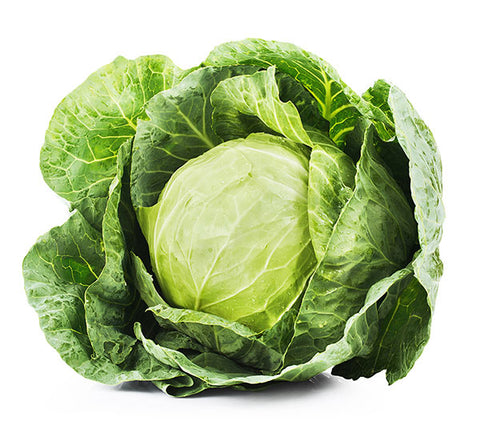
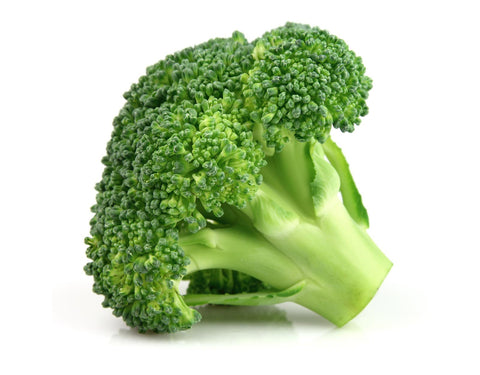
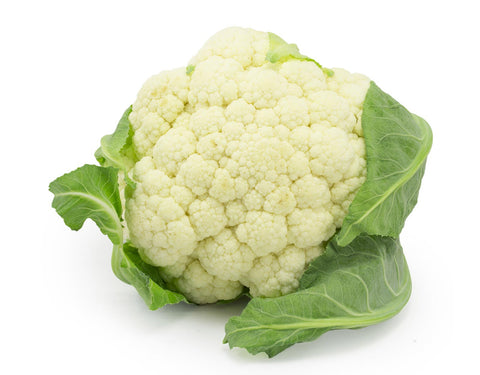

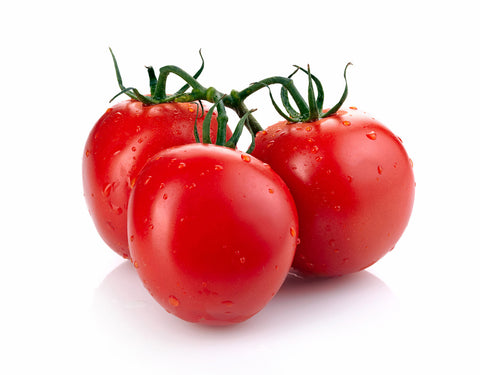
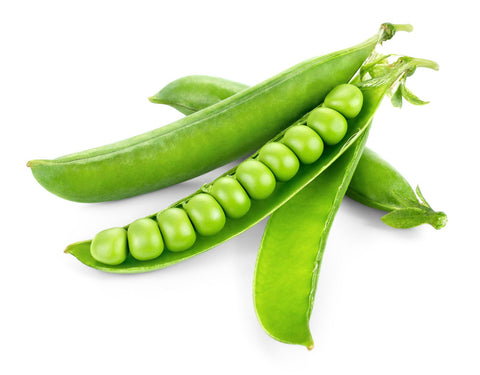
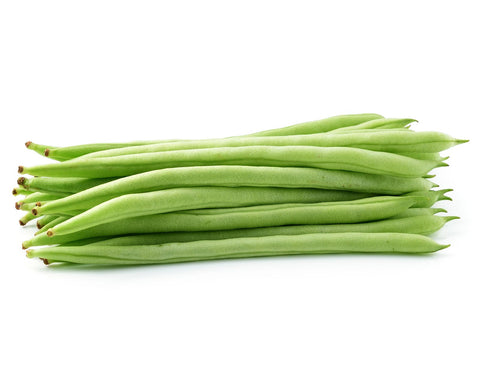
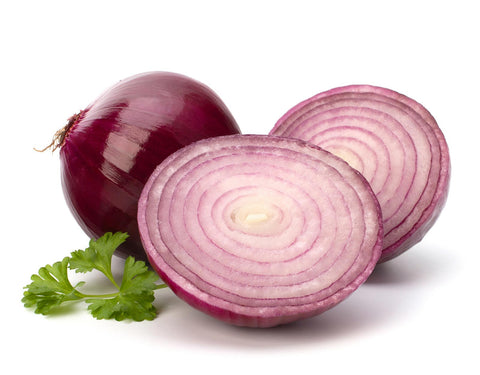
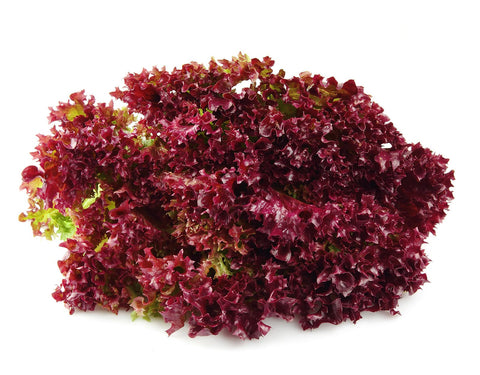
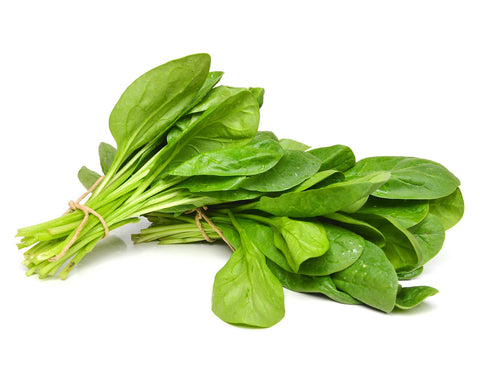
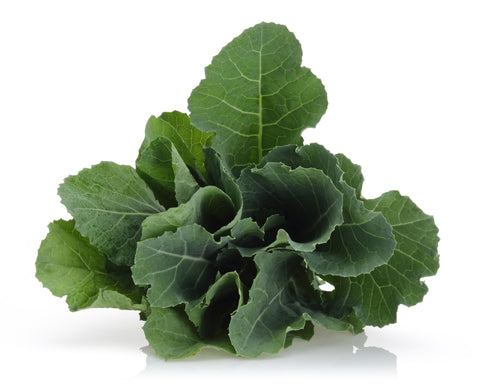






Let us know your feedback
* Comments must be approved before being displayed.